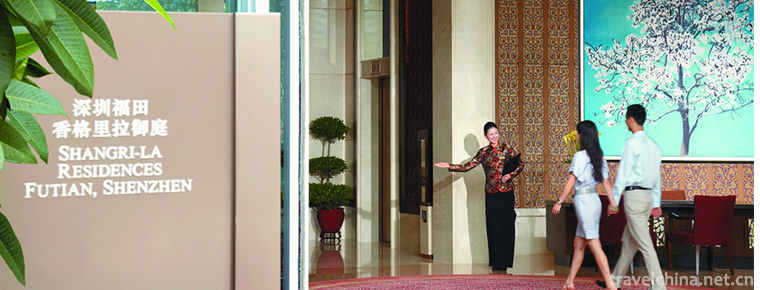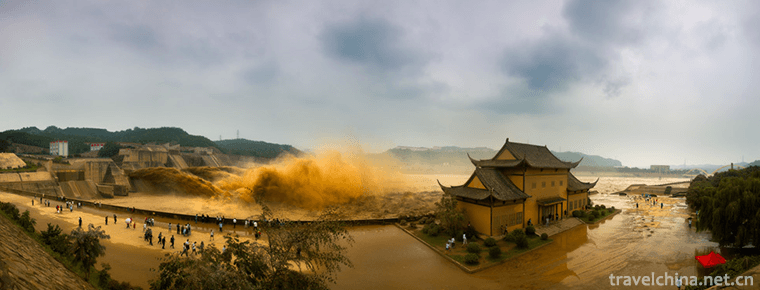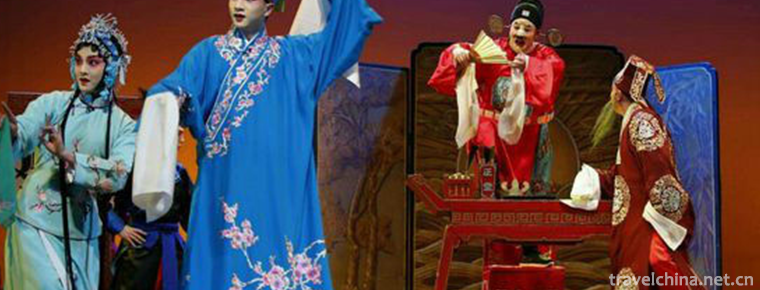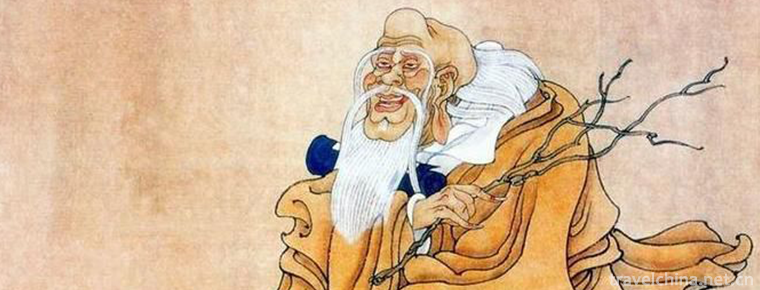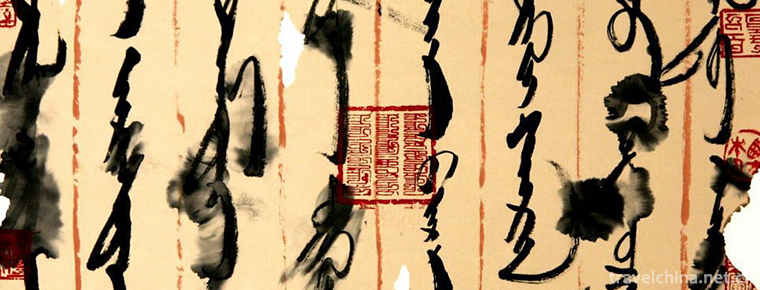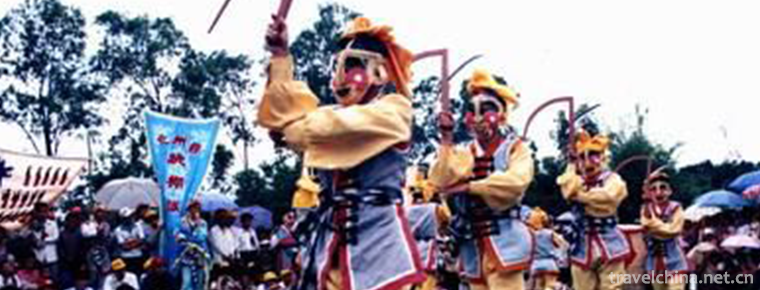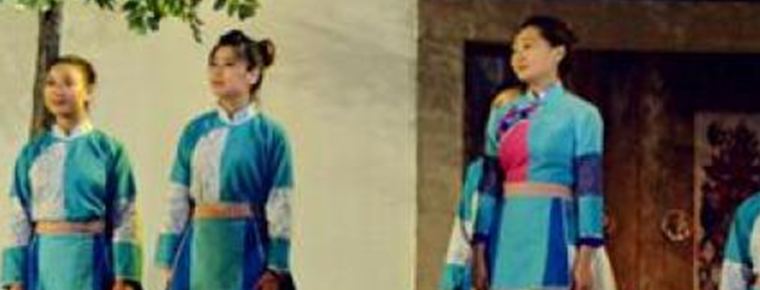Weaving and Dyeing Techniques of Felt and Printed Fabric
Weaving and Dyeing Techniques of Felt and Printed Fabric
Uygur felt, printing and dyeing technology, Xinjiang Uygur Autonomous Region Turpan (now Turpan) local traditional skills, one of the national intangible cultural heritage.
Xinjiang Uygur weaving, printing and dyeing technology has a long history. According to the traditional customs of Uygur people, the indoor vision should be carefully decorated. Wool felt is one of the traditional handicraft for room decoration.
On May 20, 2006, the weaving and dyeing techniques of Uygur felt and printed cloth were approved by the State Council of the People's Republic of China and listed in the first batch of national intangible cultural heritage list, the heritage number is_-23.
historical origin
Uygur's ancestor, the Uygur Uighurs, was a nomadic people. Their living customs are the same as those of other nomadic peoples. They have a long history of making and using felt.
In the first 108 years of Yuanfeng, Emperor Wudi of the Han Dynasty, Princess Xijun married King Wusun Khan as his wife. After three years of living in Yili grassland, she left a poem: "My family married my side today and entrusted herself to King Wusun of a foreign country." The vault serves as a wall and the meat serves as a pulp. It depicts the living conditions of nomadic people in felt houses. Felt making is a great invention of nomadic people. Felt is mainly used to build felts, pave felts, make boots and hats, and some production supplies.
Five years after the founding of Tang Wenzong (840), the Uighurs moved westward into the peripheral areas of the Tarim Basin and changed nomadism to farming. However, the settled Uyghurs still raise a large number of cattle and sheep, produce and use a large number of livestock products, and Uyghurs traditionally sleep solid big soil kang, felt because of its soft moisture insulation, warmth, become the best paving material, in some cases also as decorations hanging on the wall. According to Uygur customs, the places and objects that can be seen by the eyes should be carefully decorated. Of course, the most used felt must be decorated, which produces the craft of making flower felt.
In the Qing Dynasty, the Uygur people created the most unique skills of woodcut printing and woodcut printing.
Inheritance and protection
Inheritance value
Uygur felts and printed cloth have rich patterns and bright colors, which reflect the living conditions of Uygur people and the long history of cultural exchanges between foreign cultures and Han Dynasty. They have high humanistic and artistic values.
Uygur flower felt and printed cloth have a distinct national style, which contains the cultural concept of Uygur people based on historical traditions and religious beliefs. It fully reflects the unique aesthetic taste of Uygur people and is the essence of Arts and crafts of ethnic minorities.
Inheritance status
Since the 1980s, people's living conditions have gradually improved and their lifestyles have changed accordingly, which has led to the gradual disappearance of flower felt. Most of the urban and rural residents in Xinjiang have moved into new houses, and no longer need wall and Kang fencing. The use of color printed cloth in Uygur life is declining, and there is no one in the market. In this situation, felts and color printing cloth artists have changed their careers, and their descendants will no longer inherit this ancient skill. Most of the living old artists are in their twilight years. The ancient handicraft is facing the situation of extinction, which urgently needs rescue and protection.
Inheriting characters
Yasheng Abudu Rehman, male, Uygur, born in 1957 in Hetian, Xinjiang. On May 20, 2006, the first batch of representative successors of national intangible cultural heritage projects were selected and declared by Turpan region of Xinjiang Uygur Autonomous Region.
Yaodasi Ahong, male, Uygur, born in 1948 in Luopu, Xinjiang. On May 20, 2006, the first batch of representative successors of national intangible cultural heritage projects were selected and declared by Turpan region of Xinjiang Uygur Autonomous Region.
Muslim River Qiafuhan was selected as the representative successor of the fourth batch of national intangible cultural heritage projects on July 16, 2014, and was declared by Tacheng area of Xinjiang Uygur Autonomous Region.
Wuji Aximu Wushu was selected as the representative successor of the fifth batch of national intangible cultural heritage projects on December 28, 2017, and was declared by Yingjisha County, Xinjiang Uygur Autonomous Region.
protective measures
From March 12 to April 1, 2016, the first training project of "Flower Felt Technology Inheritance Crowds" was implemented in Xinjiang University. There were 50 participants in the first training course of "Flower Felt Technology Inheritance Crowds".
social influence
Social honour
In January 2010, Kazakh women Reika Tohudar of Fuhai County, Xinjiang Uygur Autonomous Region, made a flower felt to commemorate the 60th anniversary of the founding of New China, and obtained the certificate of "the largest in the world Guinness - the largest area of Kazakh embroidery felt" issued by Guinness Headquarters in Shanghai.
Important exhibition
In 2005, at the China (Shenzhen) International Cultural Industry Expo and Trade Fair, Dentist Abu Du Rehman showed his flower felt making skills with the Xinjiang exhibition group.
In September 2010, at the 19th Uygur Fair, Uygur felt and printed cloth were exhibited as intangible cultural heritage.
On September 20, 2016, the weaving and dyeing skills of Uygur felt and printed fabric were displayed in the first International Cultural Exposition of the Silk Road (Dunhuang).

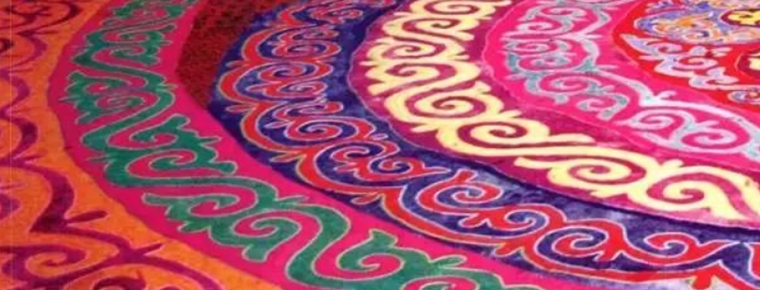
-
Mount Song
Songshan, known as the "foreign side" in ancient times, Xia and Shang Dynasties as "lofty" and "Chongshan", Western Zhou Dynasty as "Yue Shan", Songshan as the .
Views: 187 Time 2018-10-30 -
Futian Shangri La Hotel Shenzhen
The second Shangri-La Hotel Group, Shenzhen Futian Shangri-La Hotel, is located in the downtown area of Futian Business District. It can easily reach Shenzhen Convention and Exhibition Center, large s.
Views: 673 Time 2018-12-16 -
Xiaolangdi Yellow River Three Gorges Scenic Area
The Three Gorges Scenic Area of the Yellow River in Xiaolangdi is a world geological park, a National Water Conservancy Scenic area, the most attractive place in China, ten hot spots in Henan Province.
Views: 155 Time 2019-02-25 -
Changying Century City
Changying Century City, located in Nanguan District, Changchun City, Jilin Province, was founded in 2003. It is a comprehensive tourist area integrating science and technology, adventure, performing a.
Views: 206 Time 2019-03-17 -
han opera
Guangdong Hanju Opera, formerly known as "Ran Tan", "Waijiang Opera" and "Xingmei Hanju Opera", is one of the Hakka Opera genres in Guangdong Province.
Views: 145 Time 2019-05-01 -
Laozi legend
Laozi is the incarnation of Laojun. The fifteenth day of February in the lunar calendar is a major Daoist festival. It is the "Christmas" of the emperor. Lao Tzu, the word Boyang.
Views: 204 Time 2019-05-11 -
Mongolian Grammar
Mongolian traditional calligraphy also pays attention to the skills of moving pens, such as astringent two-way pen, backhand pen, towing pen, effect pen, horizontal pen, etc. In ink, there are full pe.
Views: 217 Time 2019-06-03 -
Flower hopping shed
Dancing Huapeng, introduced from Fujian in Ming Dynasty, is an ancient traditional folk dance, belonging to Nuo dance. It has a fixed "Keben" (singing desk book), which is divided into 18 br.
Views: 248 Time 2019-06-21 -
the Wu Ballads
Wuge is the oral literary creation of the majority of the people in Wu dialect area, which originated in southeastern Jiangsu Province, and Suzhou is the central area for the generation and developmen.
Views: 135 Time 2019-06-29 -
Shixiang Lake
Shixiang lake is named after Shixiang temple, an ancient temple in the lake area. It is said that it was the place where Yan Yan, a general of the Three Kingdoms, rode an elephant to heaven. .
Views: 199 Time 2020-10-16 -
Yibin science and technology
In 2019, there are 34 new high-tech enterprises, 13 provincial science and technology achievements transfer and transformation demonstration enterprises, 2 provincial science popularization bases and 6 Municipal Science Popularization base.
Views: 314 Time 2020-12-18 -
Dazhou Technology
In 2019, Dazhou has 66 national high-tech enterprises, and the main business income of high-tech industry is 34 billion yuan. There are 1 national level maker space and 1 star innovation space, 6 provincial science and technology enterprise incubators.
Views: 191 Time 2020-12-20

